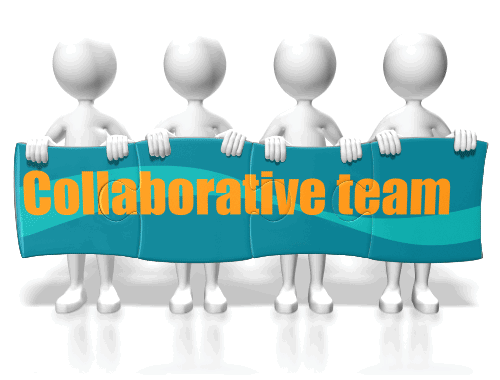Agglomeration 2.0™ Umbrella
In order to empower SME owners and enable them to transition their business from a small, founder-lead company into a larger one, that enables scale, unlocks liquidity, and allows them to maintain control over their business, the Agglomeration 2.0™ Umbrella Model was created.
Contrary to most “standard” mergers & acquisitions, our collaborative Model allows owners to:

How to do it successfully
Our Associates developed a tried & tested blueprint for a successful Agglomeration 2.0™. Here are the steps:
Understand the market
The Agglomeration model works only in a fragmented market where lots of small businesses are run by talented people, who have reached the limits of their current potential. Some of them know that the way to move forward is using an M&A. Often they don’t know how to do it, or Ego's get in the way.
To be able to speak effectively to other companies about joining the group, you have to understand their needs. Since we personally have been many times through the problems that small businesses face, our pitch is very effective.
Numbers analysis
Do the numbers. Under our model, companies need to be profitable, debt free and audited. This is a model only suitable for the top 10% of SME's.
Incorporate the holding company and swap shares
Their VIRTUAL MERGER Model requires a swap of 100% of the company's shares for shares in the holding company. A full 100% is needed to minimize the risks to outside investors, and puts everybody on the same footing.
Virtual Merger: higher profits lead to higher yielding stock
While efficiency improvements are implemented, non-controlling, smaller, smart investors are invited in, and new acquisitions of similar companies continue to take place.
Public Offering of the Holding company shares
Proven progress and consent of shareholders will eventually lead to offer stock to small private investor groups, as good news updates drive interest in those type of shares. Issuing the first dividend is a watershed moment in the life of any stock. The sooner a dividend is issued, the better. As all companies are profitable and debt-free, a very high dividend plan is feasible.
Frequent communication and reaffirmation with the companies' founders throughout the process is key. Except for audited & recasted accounts and legal sign off on certain documents, this whole Agglomeration process can function without lawyers, accountants, and traditional advisors.
